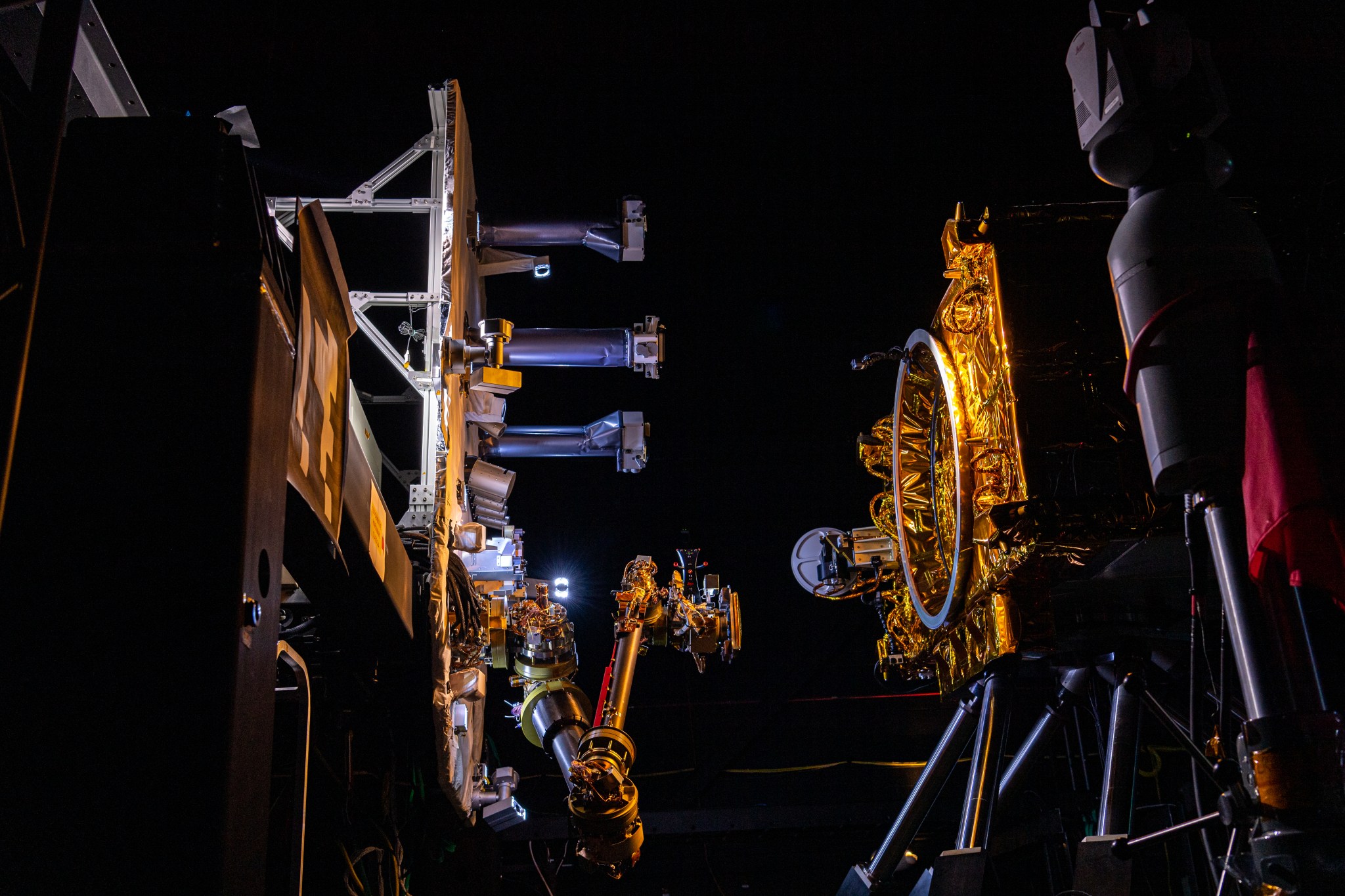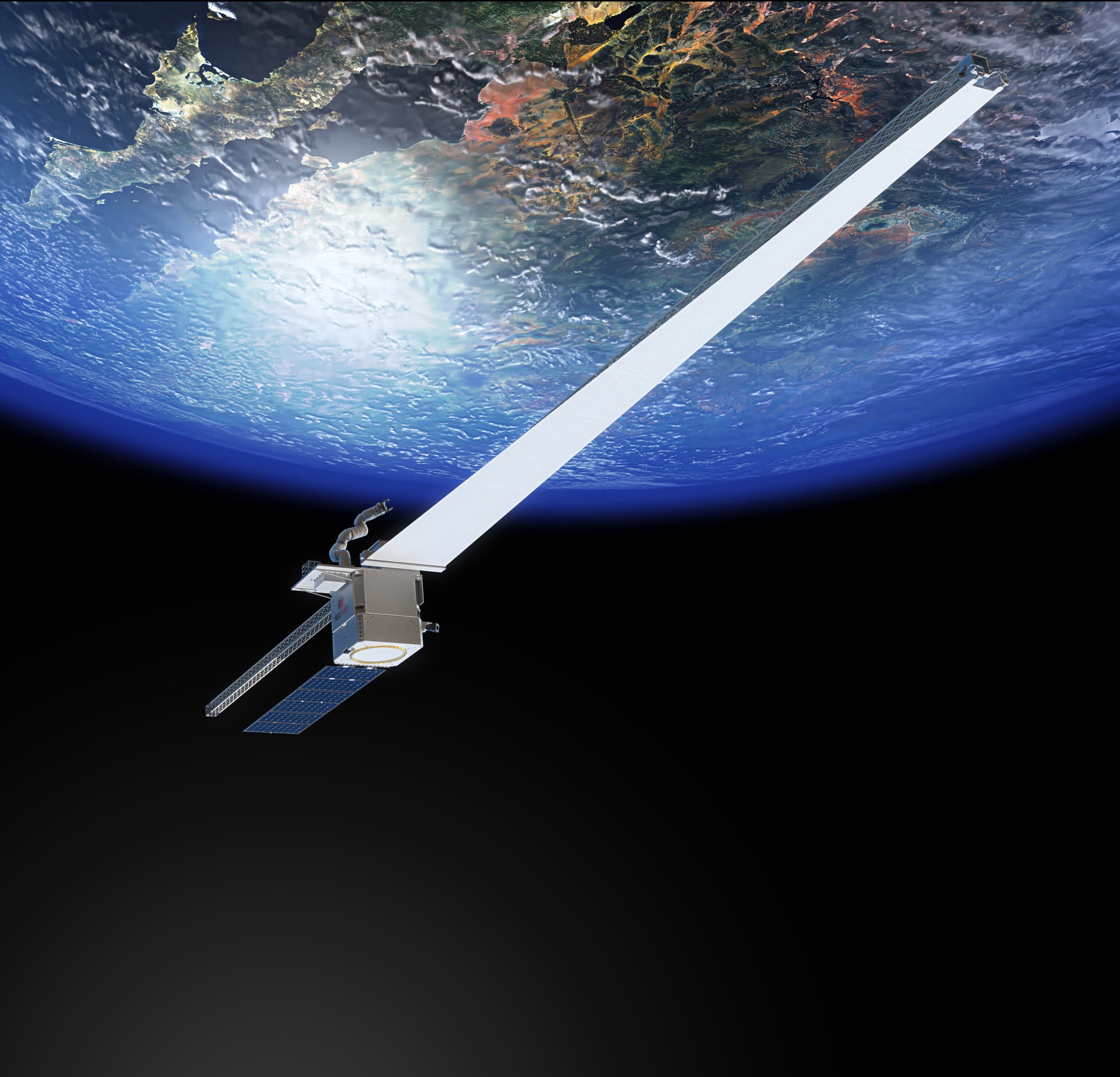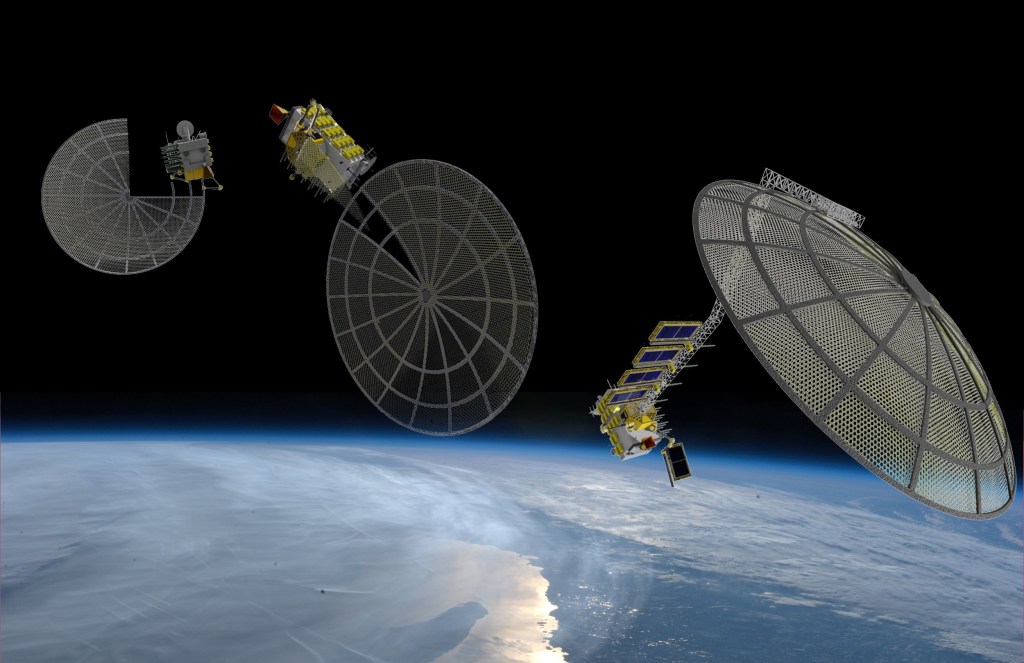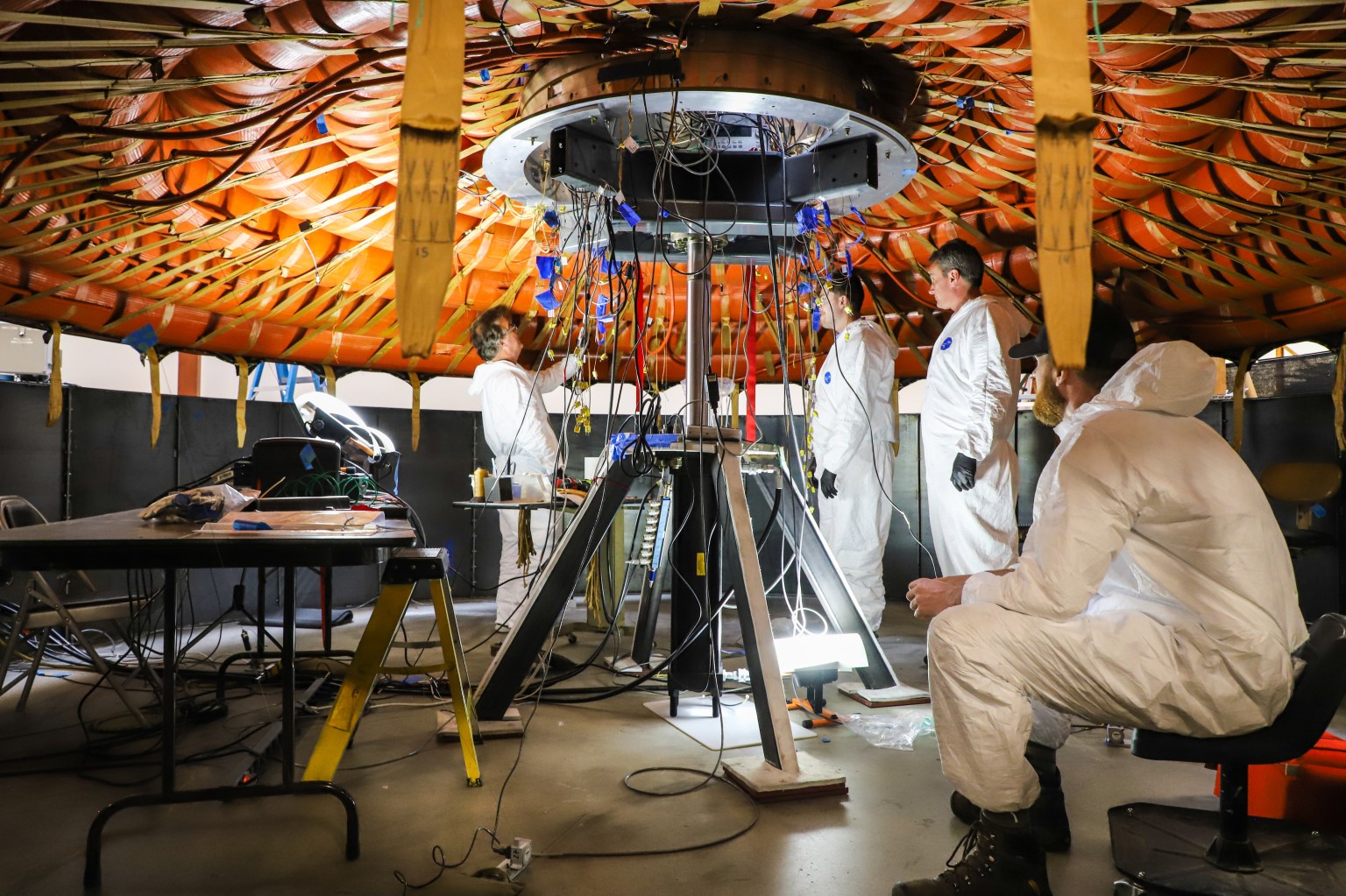On-Orbit Servicing, Assembly, and Manufacturing 2 (OSAM-2)
NASA and its partners were developing robotic technologies to autonomously manufacture and assemble hardware, components, and tools in space. Additive manufacturing – better known as 3D printing – can build and assemble complex components in space, deliver on-demand hardware, and allow for structures larger than current rockets can deliver and deploy to orbit. The project was concluded in 2023 prior to a flight demonstration with valuable lessons learned and project data maintained for use in future projects.
Mission Type
Partner
Concluded
Operation
In 2019, NASA awarded a contract to Made In Space (now Redwire Corporation) to demonstrate the manufacture of two structural beams in space and the deployment of a surrogate solar array while printing one of the beams. The project was concluded in 2023 with valuable lessons learned and project data maintained for use in future projects.
The NASA and Redwire partnership was referred to as both On-Orbit Servicing, Assembly and Manufacturing 2 (OSAM-2) and Archinaut One. NASA’s OSAM-1 mission is developing complementary technologies.
NASA Creates ISAM Consortium
NASA announced a new consortium focused on making in-space servicing, assembly, and manufacturing (ISAM) capabilities a routine part of space architectures and mission lifecycles.
Learn More about NASA Creates ISAM Consortium
The technology demonstration would have built two beams and deployed a surrogate solar array utilizing robotic manipulation. Once deployed and positioned in orbit, the small spacecraft would have 3D-printed two beams. While the first beam was being printed, the solar array would have been unfurled from the spacecraft. After the 33-foot (ten-meter) beam was completed and locked into place by the robotic arm, the arm would have repositioned the printer, which would have then print a 20-foot (six-meter) beam from the other side of the spacecraft.
A successful orbital flight will demonstrate the technology’s ability to reduce risk and achieve measurable cost savings over traditional cargo launches to space.
OSAM-2 Animation
The private-public partnership with NASA and Redwire would have demonstrated the ability of a small spacecraft – OSAM-2 (On-Orbit Servicing, Manufacturing and Assembly) – to manufacture and assemble spacecraft components in low-Earth orbit. (Redwire)
Watch The Animation about OSAM-2 Animation
Milestones
- Ground testing of OSAM-2 technologies occurred between 2016 and 2019 during Phase 1 of the contract.
- In 2017, the team successfully 3D printed structural beams in a unique NASA facility that mimics the pressure and temperature conditions of space. Tests in a thermal vacuum chamber at NASA’s Ames Research Center in California’s Silicon Valley proved the printing equipment and printed hardware can work in that simulated space environment.
- In 2018, the OSAM-2 team completed a second thermal vacuum test at Northrop Grumman’s Space Park facility in Redondo Beach, California, that demonstrated the use of a robotic arm to perform assembly and manufacturing capabilities in a simulated space environment.
- In 2020, Redwire demonstrated the capability of their hardware to successfully print a 23-foot (seven-meter), flight-like beam against the gravitational conditions expected on orbit.
- In 2022, Redwire passed the mission Critical Design Review (CDR) marking the end of the design phase and the beginning of the process of building and verifying flight hardware.
- The project was concluded in 2023 with valuable lessons learned and project data maintained for use in future projects.
The Geometry of Success: Archinaut Project
Archinaut, a NASA Technology Demonstration Mission (TDM) project developing cutting-edge technology to build and assemble complex hardware and supersized structures on demand in space, achieved an unprecedented milestone in the summer.
Learn More
Partners
- Redwire of Jacksonville, Florida, served as project lead is responsible for the in-space additive manufacturing hardware (Extended Structure Additive Manufacturing Machine—ESAMM), Feedstock Canister, Surrogate Solar Array, and Robotic Arm End Effector); avionics for printing and robotic manipulation; systems engineering; and payload integration.
- Blue Canyon Technologies of Boulder, Colorado, was the spacecraft bus provider.
- Northrop Grumman of Falls Church, Virginia, was the manufacturer of the Payload Support Structure Assembly and the payload thermal system.
- Motiv Space Systems of Pasadena, California, was the 7-Degrees-of-Freedom Robotic Arm provider.
- SpaceX of Hawthorne, California, was the launch vehicle provider through their Smallsat Rideshare Program.
- NASA’s Goddard Space Flight Center in Greenbelt, Maryland, provided subject matter expertise in the areas of robotics and avionics.
- South Dakota State University, of Brookings, South Dakota, performed mechanical testing and characterization of the beam material.
- NASA’s Marshall Space Flight Center in Huntsville, Alabama, provided subject matter expertise and electrostatic discharge testing of the beam material.
- NASA’s Jet Propulsion Laboratory in Southern California designed the payload avionics box and performed structural dynamics analysis of the beam manufacturing hardware.
- The United States Air Force Academy, of Colorado Springs, Colorado, was designing methodologies for future on-orbit protection of additively manufactured structures.
- NASA’s Technology Demonstration Missions program, within the Space Technology Mission Directorate, funded the mission.
Contact
To learn more, please reach out to Jimi Russell at NASA Headquarters in Washington D.C. at (216) 704-2412 or via email.
Email Jimi Russell about Contact





























